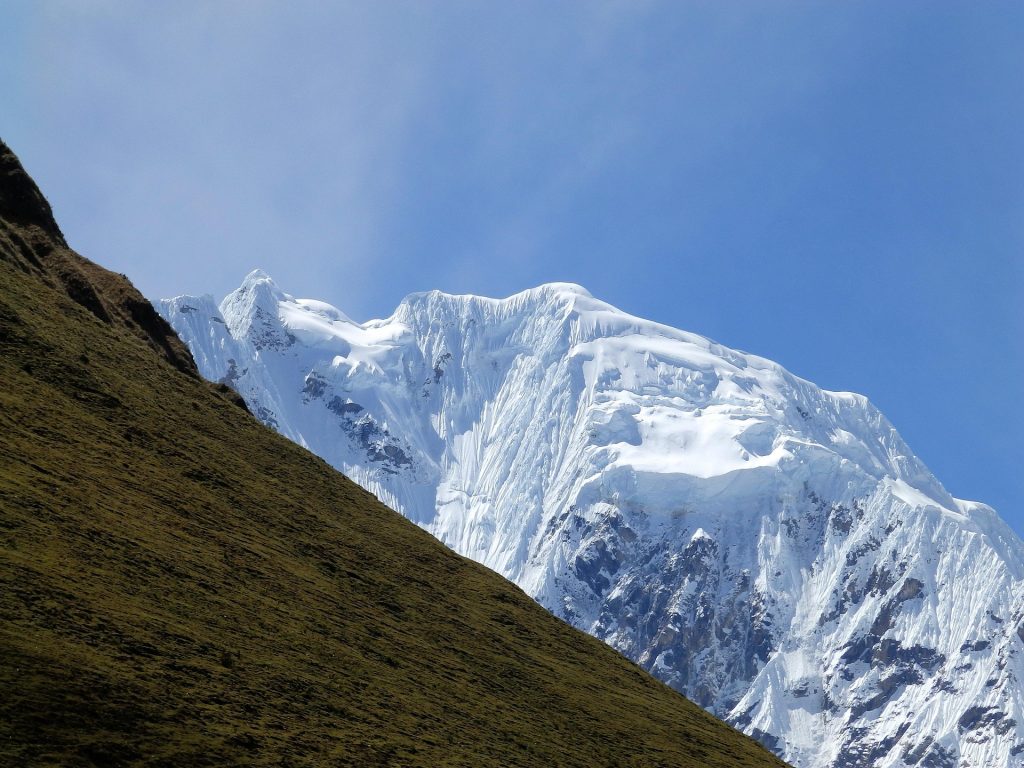The Salkantay Trek is more than just an alternative route to Machu Picchu. It’s an epic journey through towering glaciers, deep valleys, and lush tropical jungle. But to truly enjoy it, you need to be well prepared. In this blog, we’ll walk you through the weather conditions, physical difficulty, and essential packing list so you can make the most of this unforgettable experience. 🌄
🌦️ What’s the Weather Like on the Salkantay Trek?
The weather along the Salkantay route is as diverse as its landscapes. You’ll hike from high-altitude snow-capped peaks to warm and humid cloud forests. That means you must be ready for all kinds of conditions: freezing temperatures, sudden rain, and intense sun — all in one trip!
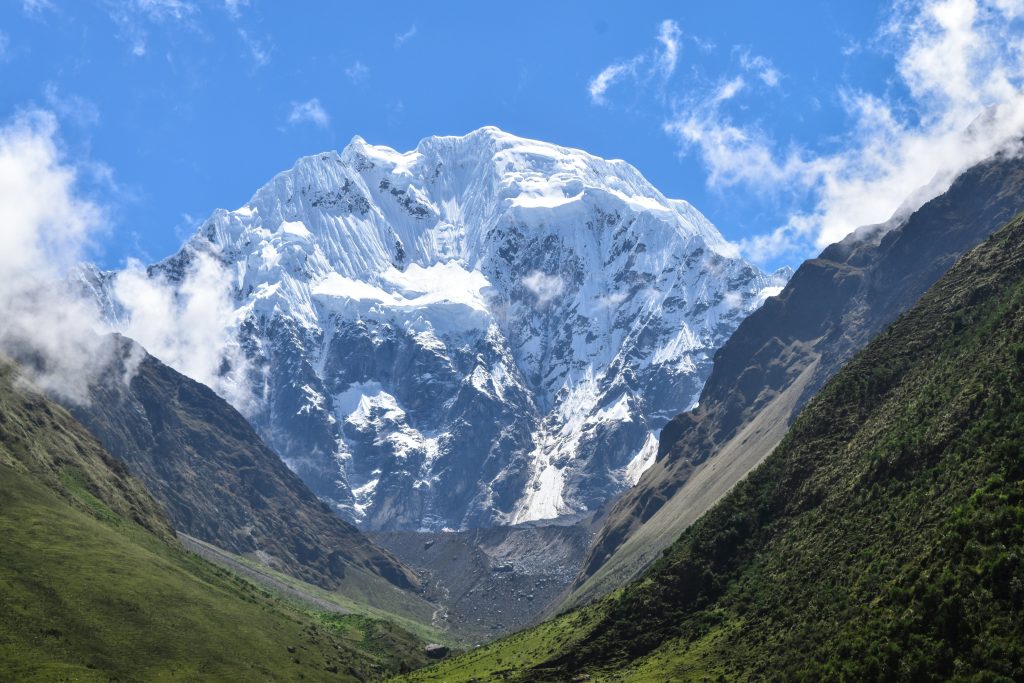
🗓️ Best Time to Go:
- Dry Season (April to October): This is the most popular time. Expect clear skies, less mud, and stunning mountain views. However, nights can be extremely cold, especially at high altitudes like Salkantay Pass.
- Rainy Season (November to March): Landscapes turn greener, but be ready for more mud, slippery trails, and frequent rain. The upside? Fewer tourists, and a more peaceful experience.
🌡️ Average Temperatures:
| Zone | Daytime | Night |
|---|---|---|
| Highlands (Salkantay Pass) | 41–59°F (5–15°C) | 23–32°F (-5 to 0°C) |
| Cloud Forest (Lucmabamba, Aguas Calientes) | 68–77°F (20–25°C) | 50–59°F (10–15°C) |
So yes, you’ll experience cold, heat, and rain, sometimes all in the same day! 😅
🧗♂️ How Difficult is the Salkantay Trek?
Let’s be honest — it’s challenging, but you don’t need to be a pro athlete. What you do need is a decent level of fitness and a determined mindset!
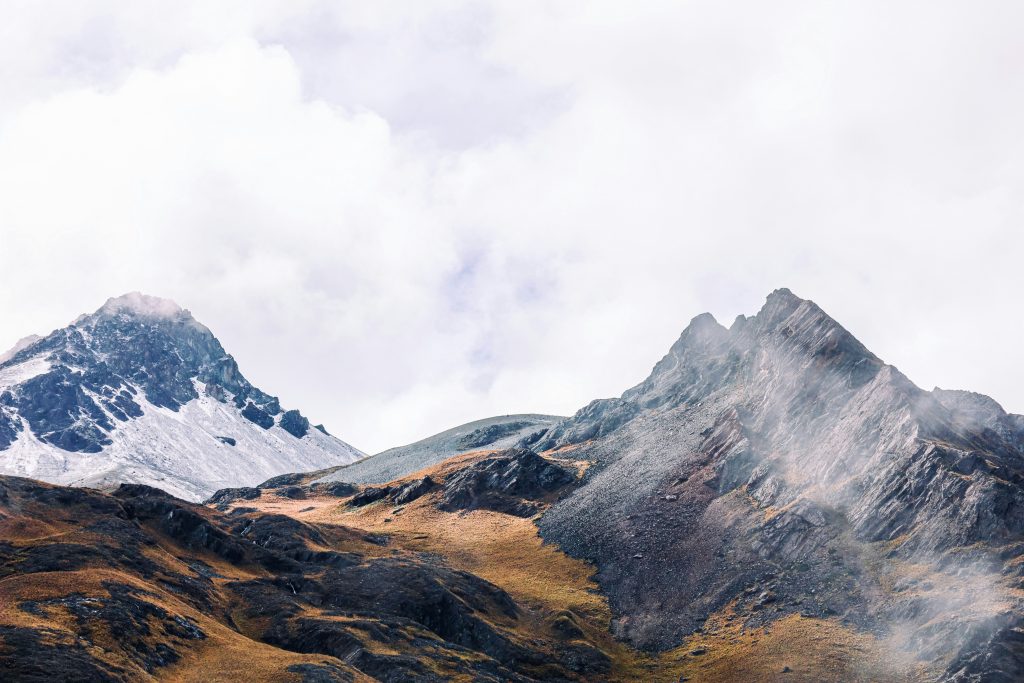
The Main Challenges:
- Altitude: The highest point is Salkantay Pass, sitting at a breathtaking 15,255 ft (4,650 m). At this elevation, the air gets thinner and altitude sickness can kick in if you’re not acclimated.
- Daily Distance: You’ll be hiking between 6 to 9 hours per day, with the second day being the toughest — that’s when you cross the mountain pass.
- Diverse Terrain: In a single day, you might walk over rocky paths, cross streams, climb steep inclines, and trek through misty jungle trails.
🧘♀️ How to Get Ready Physically:
- Spend 2 days in Cusco before the trek to acclimate.
- Practice long-distance walking or light hiking before your trip.
- Avoid alcohol before the trek and stay hydrated.
- Bring coca leaves or coca candy, great for helping with altitude effects.
The physical challenge is rewarded with breathtaking views, a deep connection to nature, and a sense of achievement you’ll never forget. 💪🌿
🎒 What to Pack for the Salkantay Trek – The Ultimate Checklist
Packing smart is key to enjoying your Salkantay adventure without unnecessary weight or discomfort. Remember, you’ll be trekking through mountain passes, rivers, and humid jungle, so versatility is everything. 🏕️
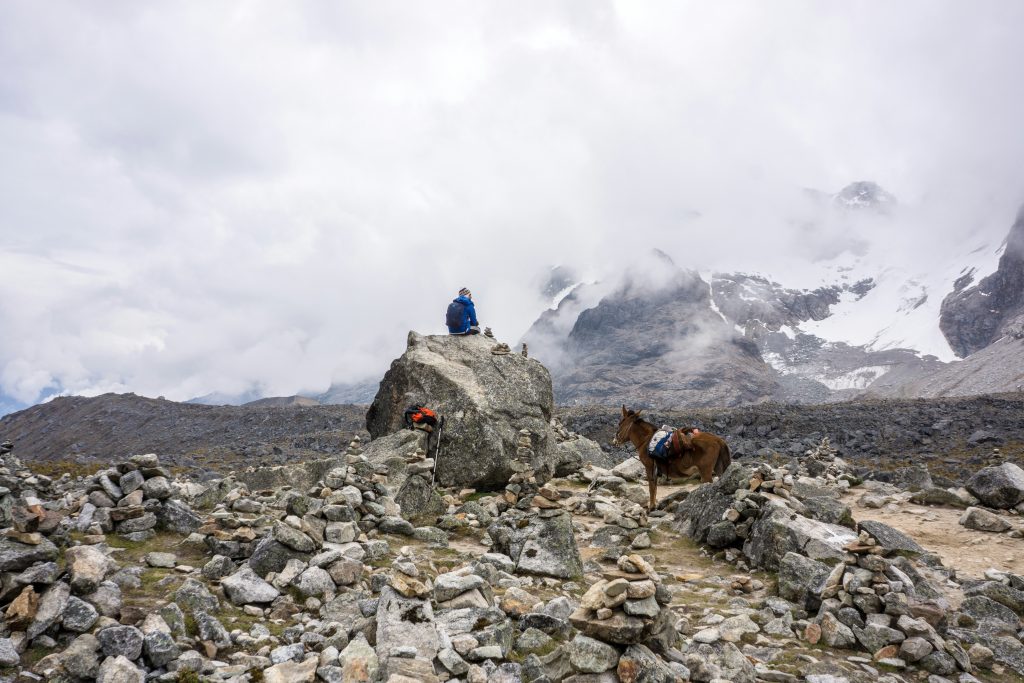
👕 Clothing: Layer Up Like a Pro
Since the weather can change quickly, layering is your best strategy. Here’s what you should wear and pack:
- Base Layer (Moisture-wicking): Think thermal underwear or dry-fit shirts. Avoid cotton – it stays wet and can make you cold.
- Mid Layer (Insulation): A fleece or light down jacket will keep you warm when temperatures drop.
- Outer Layer (Waterproof & Windproof): A good quality rain jacket or poncho is essential. Bonus points if it has a hood!
- Trekking Pants: Lightweight, quick-dry pants are ideal. Consider zip-offs that convert into shorts.
- Warm Hat & Gloves: Nights get freezing, especially at high altitude.
- Sun Hat or Cap: For sunny jungle sections and high exposure areas.
- Buff or Neck Gaiter: Great for dust, cold, or even just wiping sweat.
👟 Footwear:
- Hiking Boots: Waterproof and well-broken-in. Don’t try new boots on this trek — trust us!
- Sandals or Flip-flops: For resting at campsites or showering.
- Wool or Thermal Socks: Bring several pairs — your feet will thank you.
🛏️ Camping & Sleeping Gear
If you’re going with a tour operator, most gear will be provided. But if you’re doing it solo or just want to double-check, here’s what matters:
- Sleeping Bag: Choose one rated for at least -10°C (14°F). You can rent one in Cusco.
- Sleeping Pad: Usually included in tours. If not, bring a foam or inflatable mat.
- Travel Pillow or Foldable Jacket: For extra comfort during cold nights.
🧼 Personal Care Essentials:
- Toiletries: Biodegradable soap, toothbrush, toothpaste, wet wipes, and hand sanitizer.
- Toilet Paper: Always carry a roll — most bathrooms along the trail don’t provide it.
- Small Towel: Quick-dry microfiber towels work best.
- Sunscreen & Lip Balm: The sun at high altitude is no joke. SPF 30+ minimum.
- Bug Spray: Once you enter the jungle, mosquitoes will show up fast.
🩺 Health & Safety Must-Haves
Your well-being is priority #1 on this trek. Bring a small but complete medical kit, including:
- Altitude Sickness Pills (e.g. Acetazolamide)
- Ibuprofen or Paracetamol
- Band-aids, Blister Pads & Antiseptic Cream
- Electrolyte Tablets – Stay hydrated and replenish salts.
- Coca Leaves or Tea – A natural way to combat altitude symptoms.
- Any Prescription Medications – Bring enough for your entire trip.
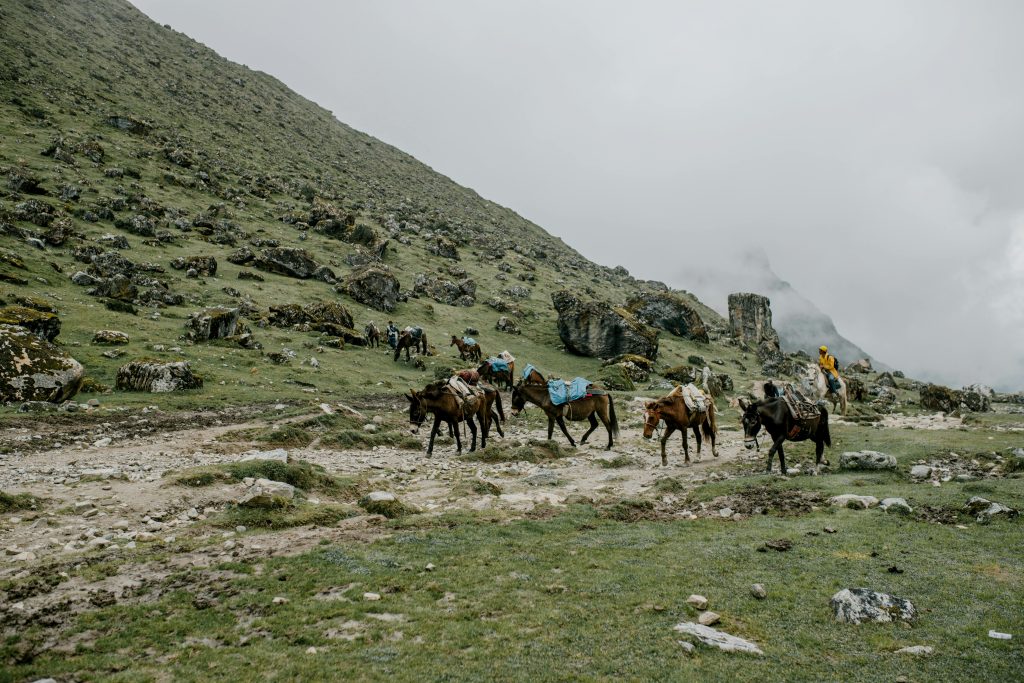
💡 Electronics & Tools
While you’ll be offline most of the time (a blessing in disguise!), the right tools will enhance your experience.
- Headlamp or Flashlight: For early mornings and nighttime bathroom trips.
- Power Bank: Charging options are limited on the trail.
- Camera or Smartphone: Capture those jaw-dropping views.
- Waterproof Bag or Ziplocks: Protect your electronics and passport.
💧 Water & Snacks
- Reusable Water Bottle or Hydration Bladder (1.5 to 2L): Some tour guides provide boiled water; others ask you to filter/treat your own.
- Water Purification Tablets or Filter: Essential if you’re doing the trek independently.
- High-Energy Snacks: Granola bars, chocolate, dried fruit, and nuts will be your fuel between meals.
🥾 Tip: You don’t need to bring too much food — most tour operators feed you generously. But snacks for energy boosts are always helpful.
🧳 How to Organize Your Bags
- Daypack (20-30L): You’ll carry this every day. It should hold your essentials — water, snacks, camera, layers, and rain gear.
- Duffel Bag or Large Backpack (up to 7 kg): Most tour operators let you hand this to mule or porter support. Pack your sleeping bag, extra clothes, and gear here.
Don’t forget to use packing cubes or dry sacks — they help keep things organized and dry in case of rain or spills.
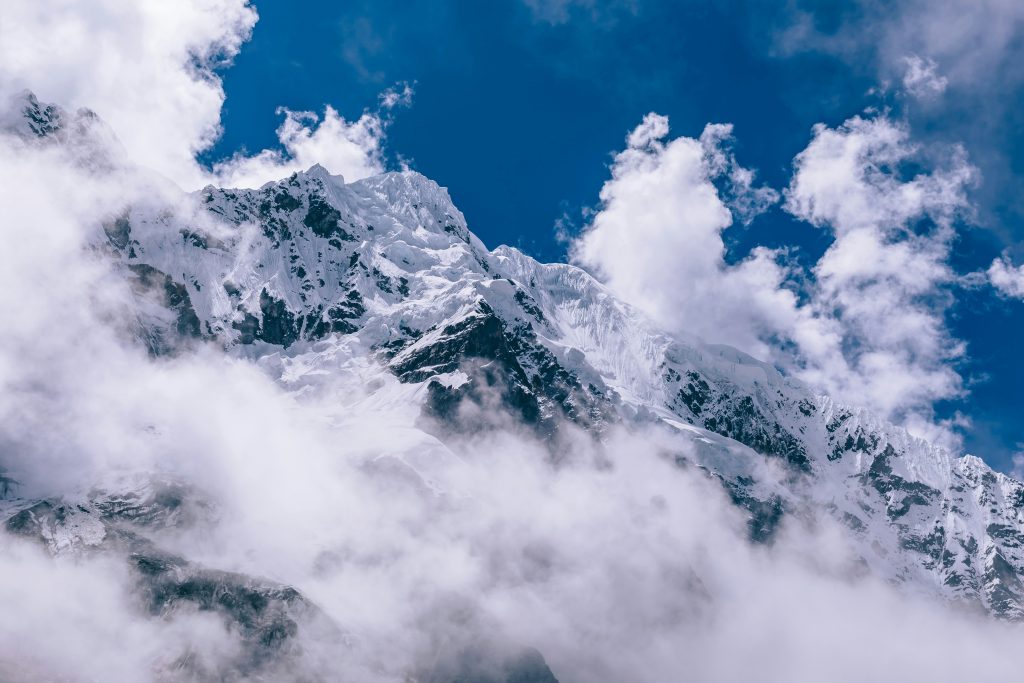
🌟 Final Tips for a Safe and Comfortable Trek
- Test your gear beforehand – especially boots and your backpack.
- Train a little – even just walking or light hiking helps build endurance.
- Arrive early in Cusco – adjust to altitude, explore the city, and rest.
- Go with the right mindset – It’s not a race! Take it slow, enjoy the views, and breathe deeply.
🥾 Ready for Salkantay?
With the right preparation, the Salkantay Trek can be the adventure of your life — not just a path to Machu Picchu, but a journey through Andean spirit, history, and nature. ✨
Are you ready to take the first step? 🌿🏞️
If you’ve already done the Salkantay or are planning to — we’d love to hear from you!
